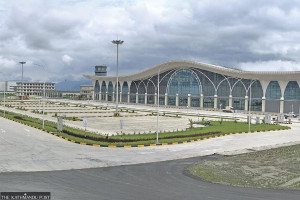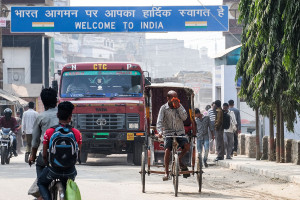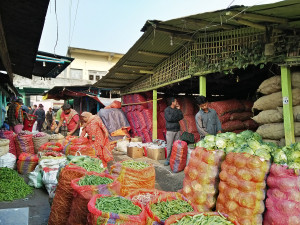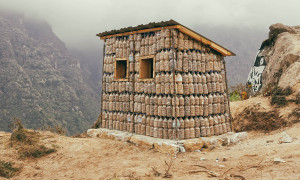Money
Nepal’s dry port pact stuck in limbo for five years
Experts say ratifying the ESCAP agreement could cut trade costs, speed up cargo movement, and put five inland depots on the global shipping map.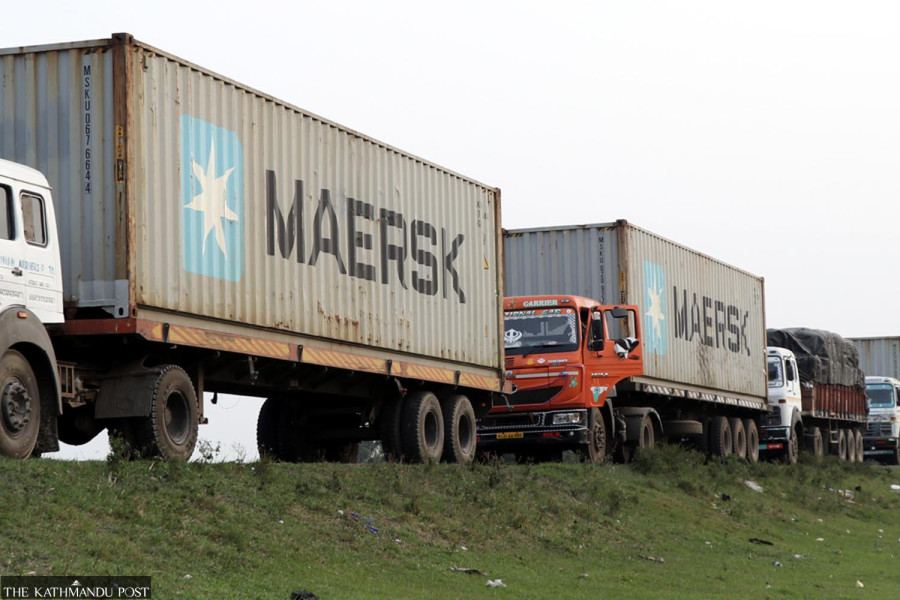
Post Report
Five years ago, the Ministry of Industry approved the Intergovernmental Agreement on Dry Ports and submitted it to Parliament. But before it could be endorsed, the Parliament’s term ended, the government changed, and the agreement was pushed aside.
The agreement—considered crucial for reducing trading costs, saving transit time, and putting Nepal’s dry ports on the international shipping map—has since languished without priority.
The Intergovernmental Agreement on Dry Ports, adopted by the United Nations Economic and Social Commission for Asia and the Pacific (ESCAP), seeks to promote and develop ports of international importance within Asia and its neighbouring regions.
It was opened for signature in 2013 and came into force in 2016. The agreement defines a dry port, identifies a network of existing and potential facilities, and lays down guiding principles for their development and operation.
“Most importantly, it will minimise foreign trade costs and ease trade,” said trade expert Rabi Shankar Sainju. “This will put Nepal’s dry ports on the international shipping map, giving us leverage to negotiate directly with shipping companies in a business-to-business model. It could even encourage global shipping firms to open representative offices in Nepal.”
About 25 percent of Kolkata Port’s business in India comes from Nepali trade.
Goods from third countries are shipped via Indian ports—mainly Kolkata and Visakhapatnam—and then moved to Nepal’s southern border customs points by rail, tracked electronically.
The Industry Ministry first discussed the agreement with stakeholders in August 2012, leading to its approval. In July 2019, then Industry Minister Matrika Prasad Yadav submitted it to the House of Representatives for ratification.
However, repeated changes in government, ministers, and bureaucrats have kept it off the priority list.
If ratified, Nepal’s dry ports would gain international recognition, allowing goods to be imported directly from any country to Nepal’s inland container depots. This could eliminate the need to clear cargo at Indian ports like Kolkata, reducing detention and demurrage charges.
Under ESCAP’s definition, a dry port of international importance is an inland facility—linked by one or more transport modes—designed for handling, storing, inspecting, and clearing goods for trade, with customs and related formalities on site.
Afghanistan, Bangladesh, China, India, Iran, Kazakhstan, Mongolia, South Korea, Russia, Tajikistan, Thailand, Turkmenistan, and Vietnam have already signed the agreement.
According to trade experts, the pact would facilitate the more unrestricted movement of goods, improve coordination, and extend connectivity to inland and rural areas. It also aligns with the Intergovernmental Agreements on the Asian Highway and Trans-Asian Railway networks, making their implementation more straightforward.
According to experts, the Industry Ministry must resubmit the agreement for approval with the current Parliament. However, an official at the ministry admitted that no discussion has taken place so far. “Frequent bureaucratic changes have sidelined the issue,” the official said.
If endorsed, five dry ports would be included on the international shipping map: Kakarvitta Inland Container Depot (ICD), Biratnagar ICD, Birgunj ICD, Bhairahawa ICD, and Tatopani ICD at Larcha. Newly opened dry ports could also be added later at Nepal’s request.
Rajendra Sangraula, president of the Nepal Freight Forwarders Association, said eliminating Indian agents from the trade process would significantly cut costs and reduce transit times.
“However, I doubt India will easily agree, as these transactions are a huge source of income for its agents,” he said.
Experts say the agreement could spur infrastructure upgrades at Nepal’s dry ports, including secure storage facilities, modern cargo-handling equipment, and digital management systems—attracting private investment and improving competitiveness.
Facilities like the Tatopani ICD could be further developed to diversify trade routes, such as via Tibet to China.
The pact also provides mechanisms for resolving transit disputes—a key safeguard for landlocked nations vulnerable to sudden border closures. ESCAP’s secretariat offers technical assistance and capacity-building for dry port operations and regulatory reforms.
Nepal’s total foreign trade reached Rs2.08 trillion in the last fiscal year, up from Rs1.74 trillion in 2023–24.




 18.12°C Kathmandu
18.12°C Kathmandu





